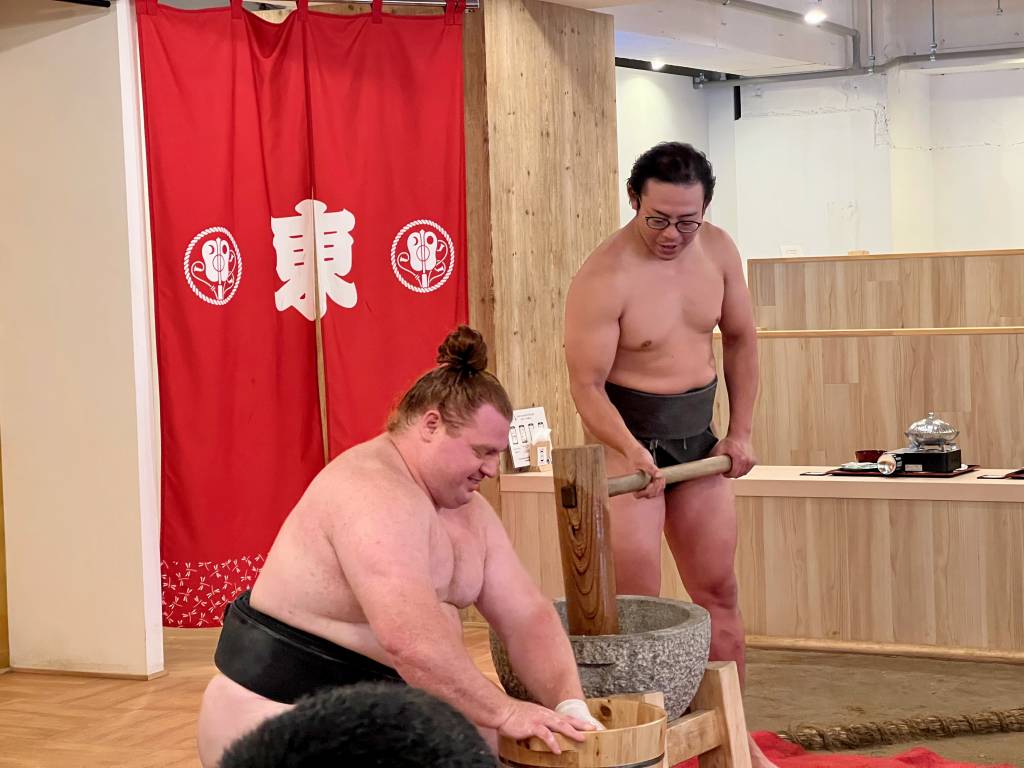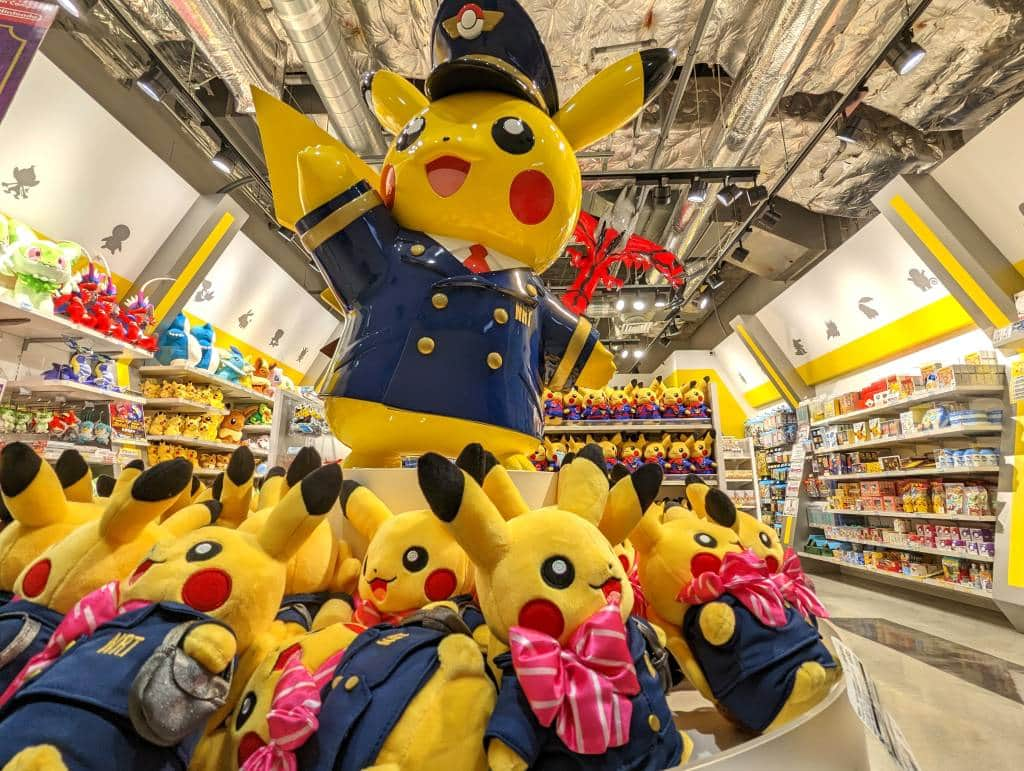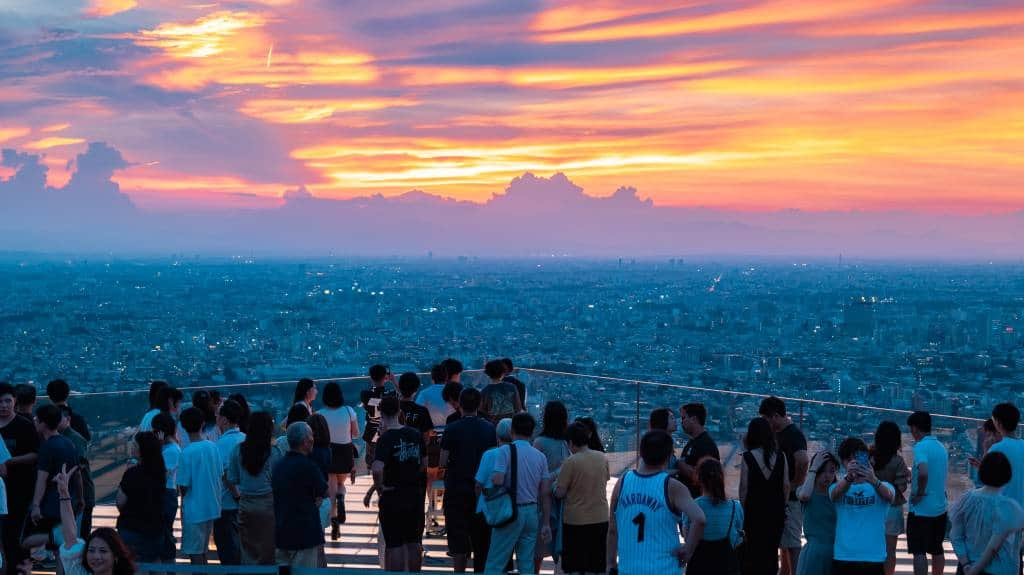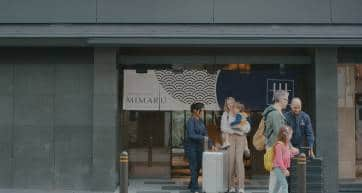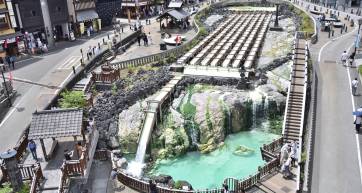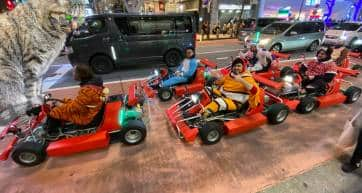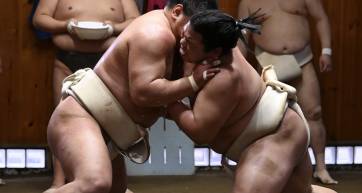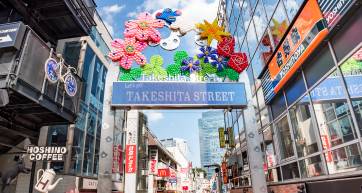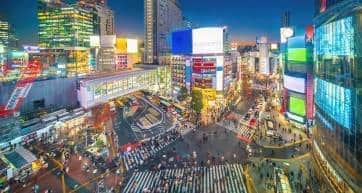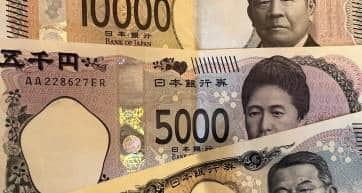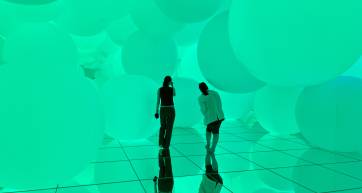The major year-ender for geeks is Winter Comiket (short for “Comic Market”), a time when doujinshi (fan-made comics) collectors, cosplayers, and photographers gather at Odaiba’s Tokyo Big Sight. Since admission to this event is free (you just have to pay for whatever you buy and—if you cosplay—usage of the dressing room), this biannual event sees large crowds every year. In fact, it’s such a crowd-drawer that, in recent years, the Japanese creative industries have started paying attention to it—Comiket has always been a grassroots event, organized not by corporations but by fans, for fans, but it now has a corporate area where fans can buy official merchandise, many of which are Comiket exclusives. Fans used to camp out overnight just to get their hands on these items and more, but this practice has been banned, so now, dedicated fans usually just take the first train to Tokyo Big Sight and wait until the event opens at 10 am. That’s dedication for you!
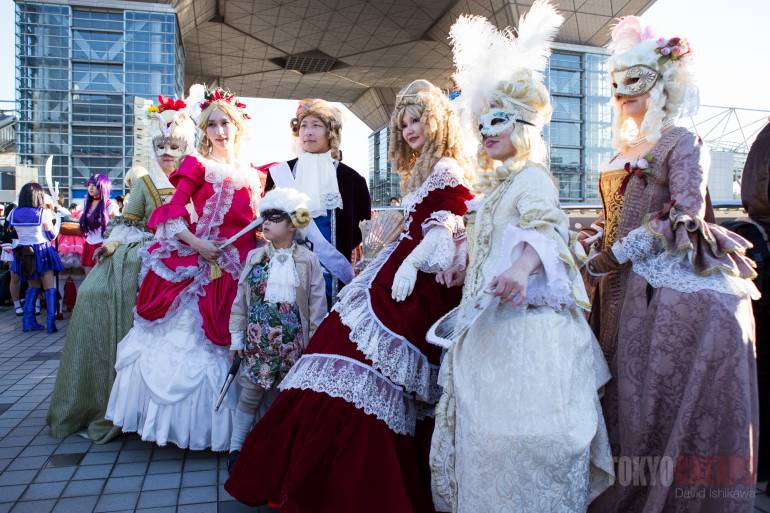
But Comiket doesn’t just attract fans of Japanese media. Photographers, as well as the occasional curious non-fan, are also drawn to Comiket for a reason: the cosplayers. Comiket really brings out a lot of eye-catching cosplays, and it’s not surprising, as cosplayers know that this is an event where they can get their photos taken. In fact, some people—cosplayers included—half-jokingly remark that Comiket is when the exhibitionists come out, as many cosplayers decide to cosplay in scanty clothing at Comiket, despite there being official rules against very racy costumes—said rules do not seem to be too strictly enforced. (This author has attended smaller cosplay events in Tokyo, and hasn’t seen any extremely revealing costumes at such events!) Likewise, for photographers, the event is one huge photo opportunity.
Lest you misunderstand, though, cosplay isn’t just about attractive women in skimpy outfits, as some seem to think. It’s a lot more than that. Many cosplayers are just fans who want to pay tribute to their favorite characters, have fun, express their creativity, and make new friends in the process. While this doesn’t apply to each and every cosplayer, of course, it’s a common sentiment among cosplayers that the attention that they get is a secondary bonus. They enjoy photo ops, sure, but they don’t necessarily aspire for fame or care about how many people take their photos.
Without further ado, here are some photos from this year’s winter Comiket!
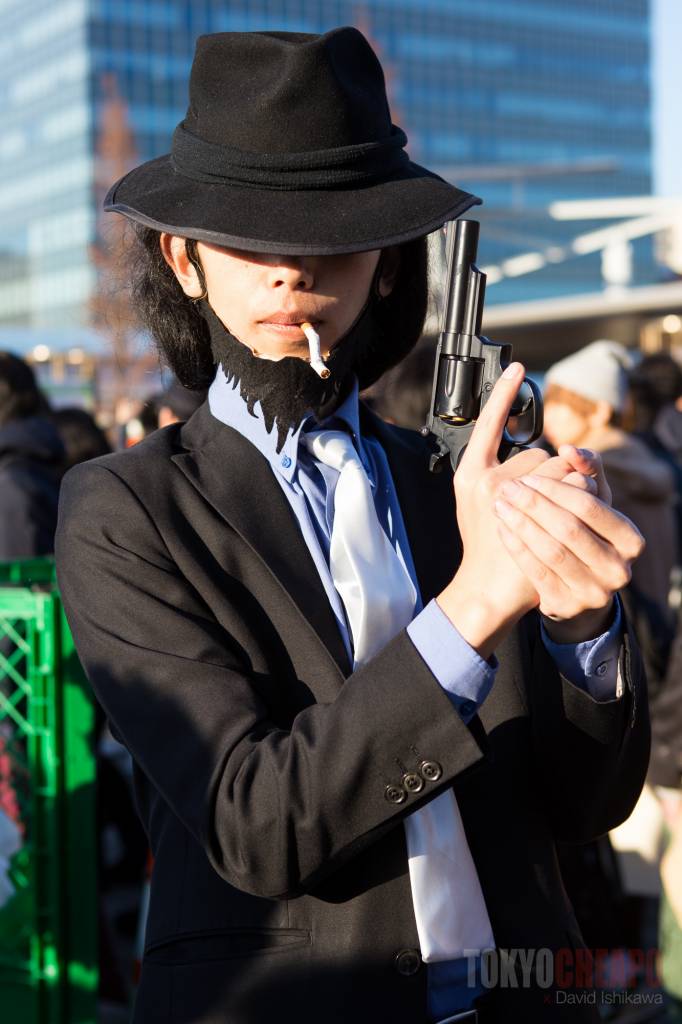
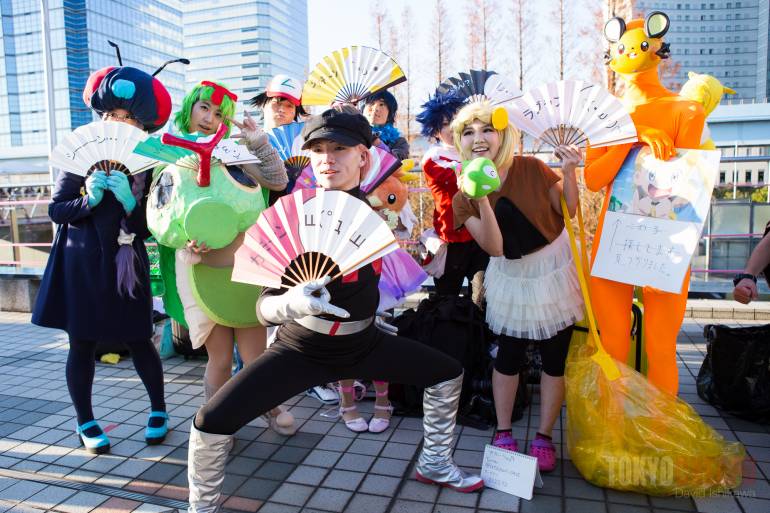
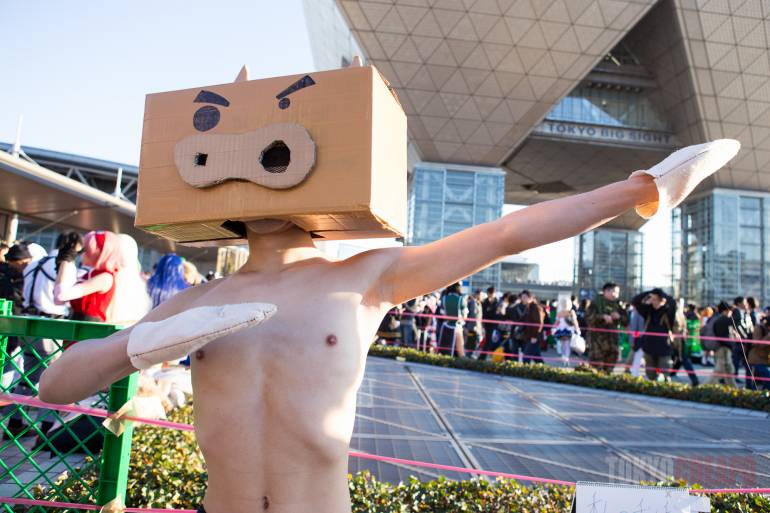
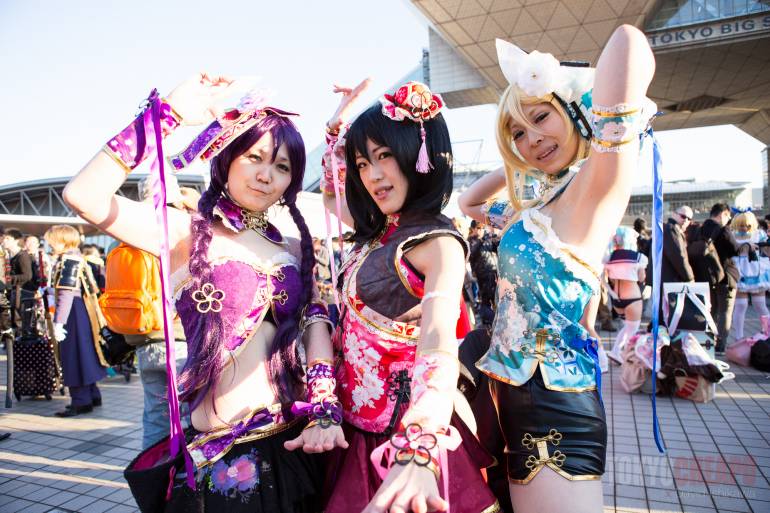
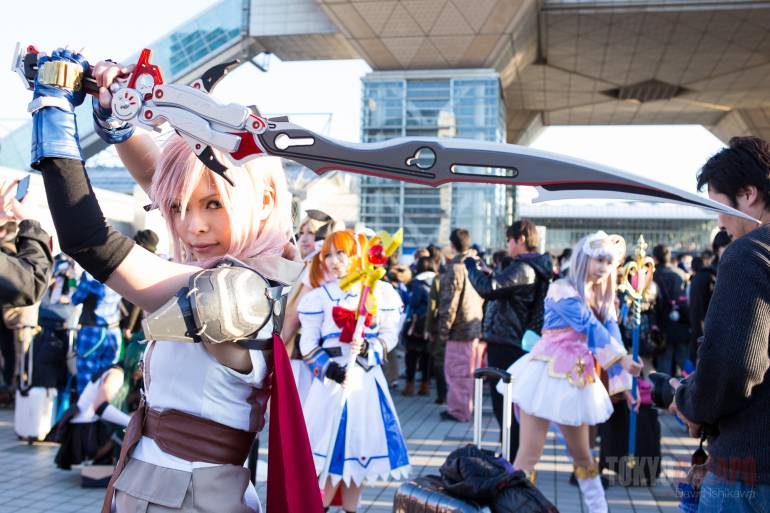
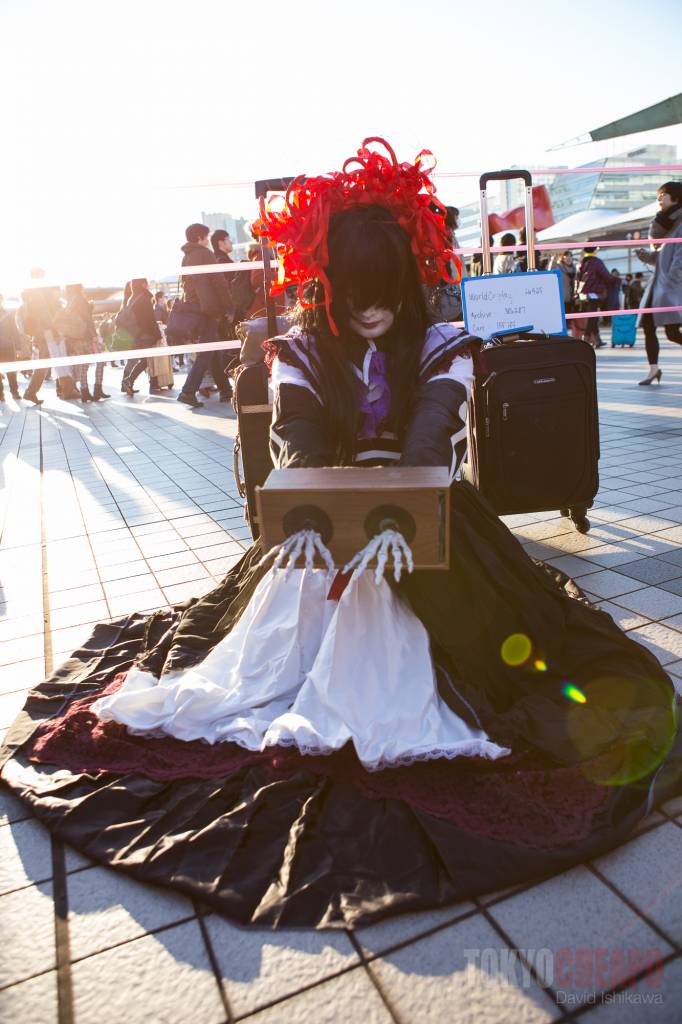
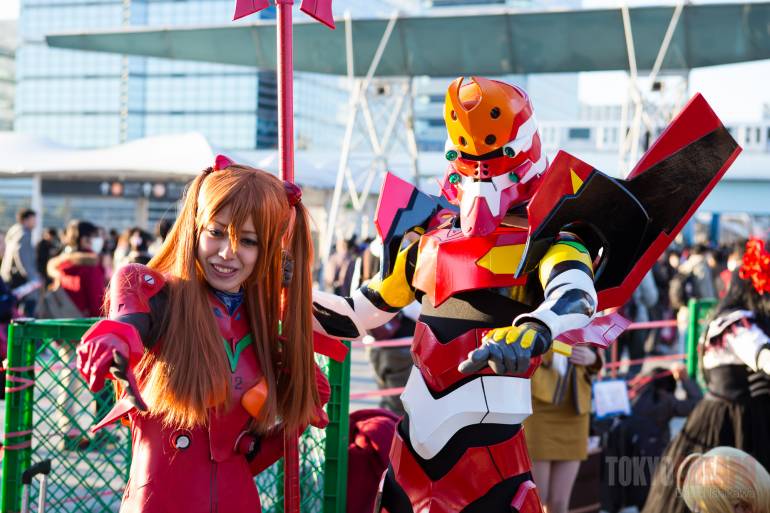
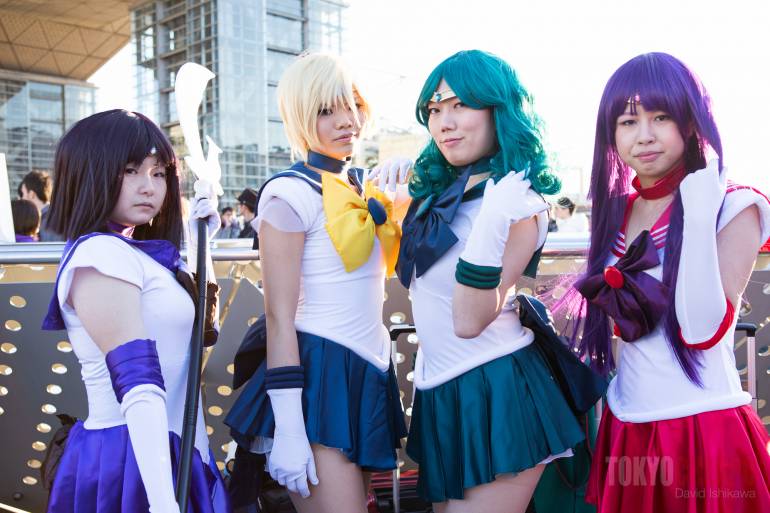
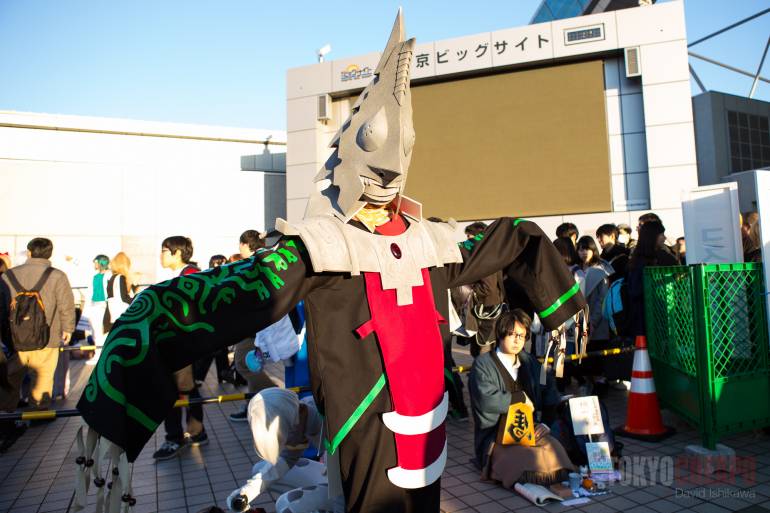
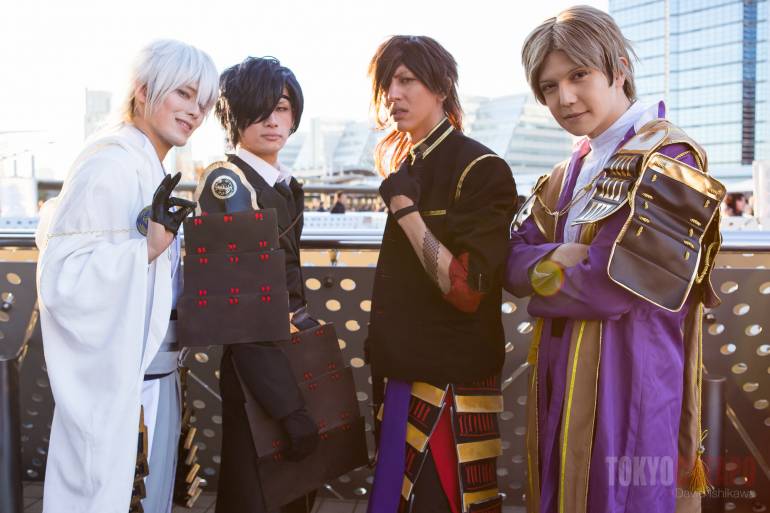
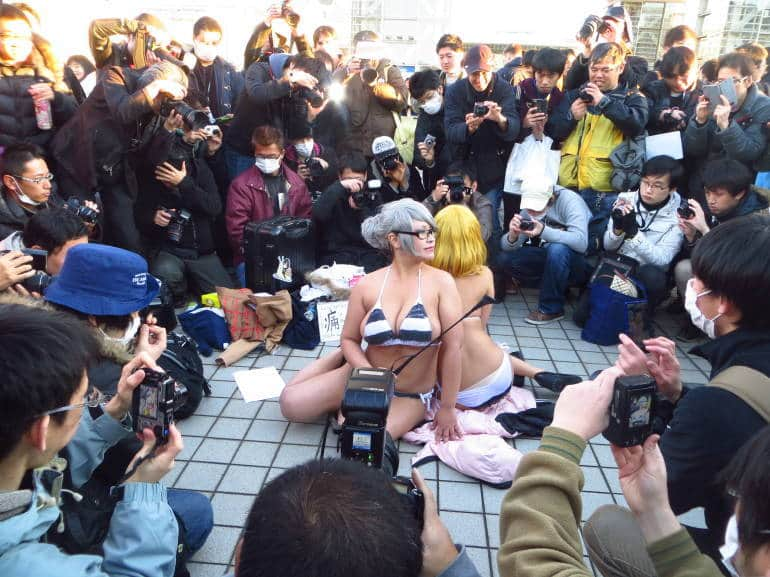
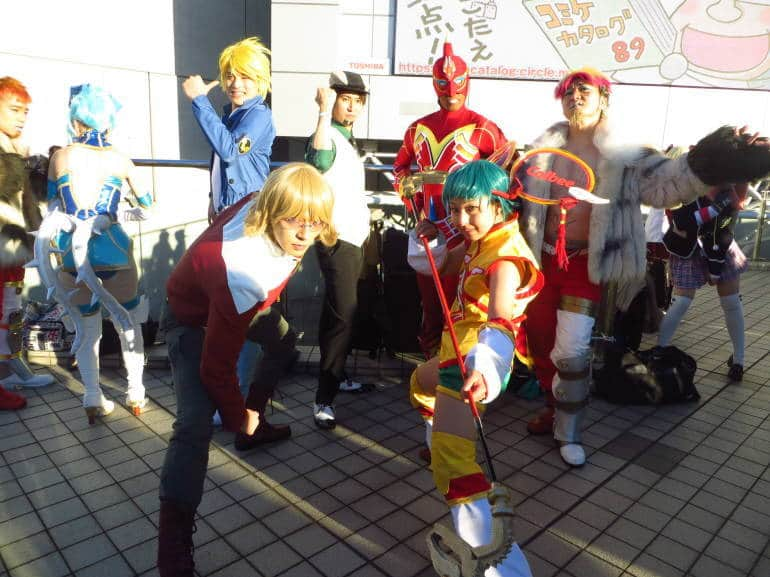
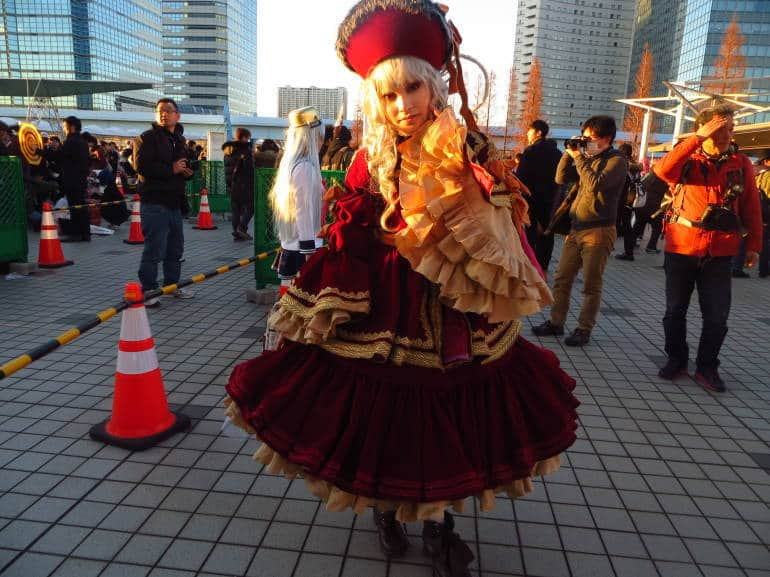
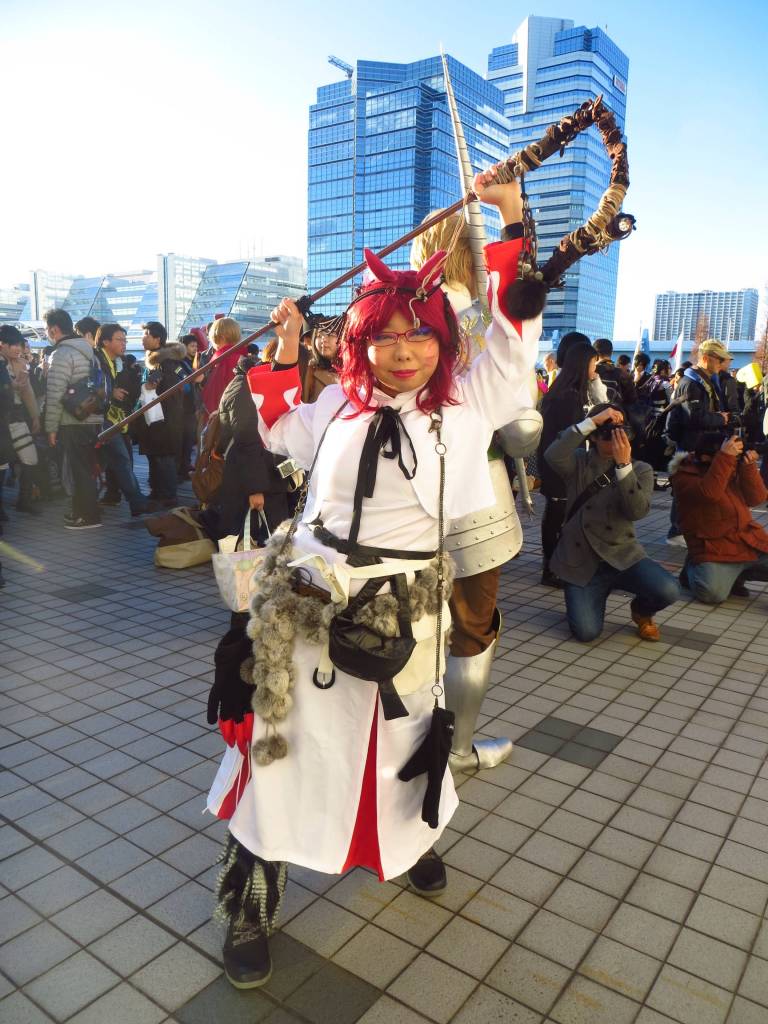
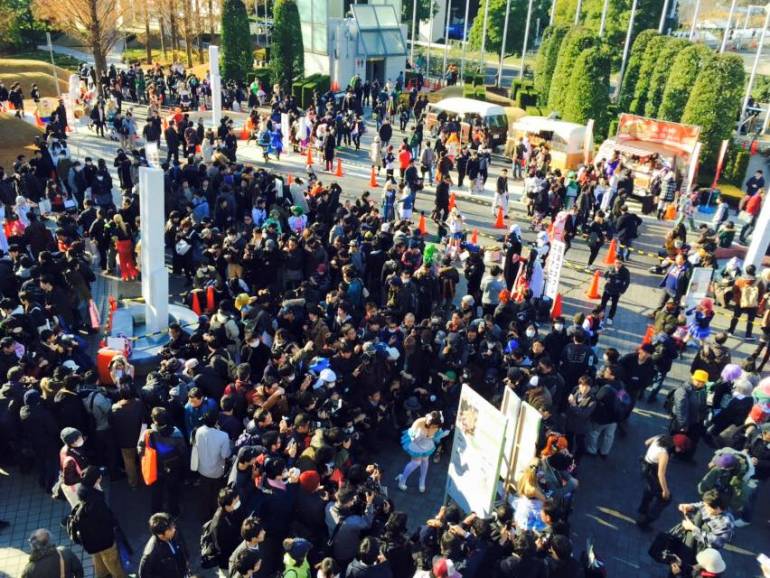
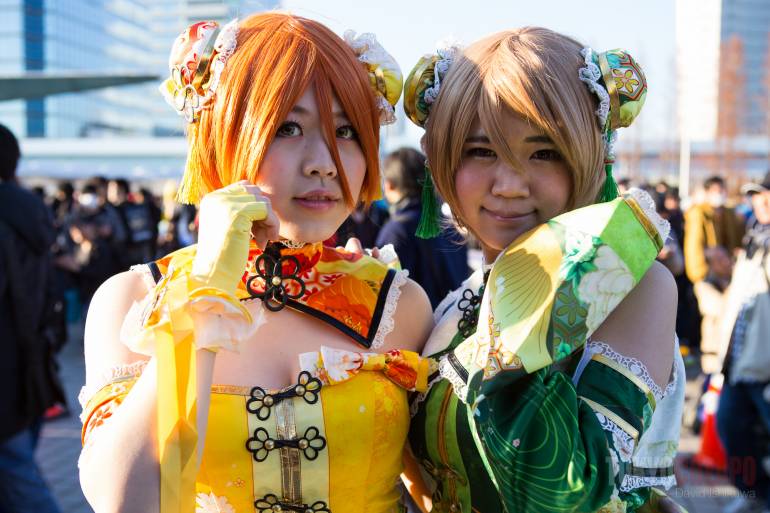
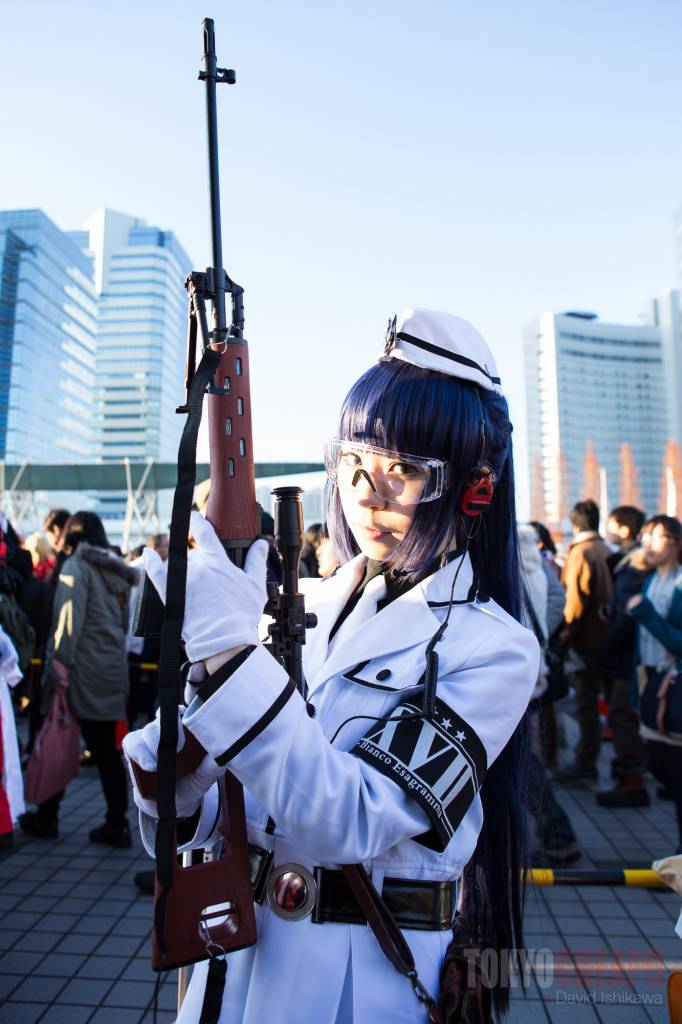
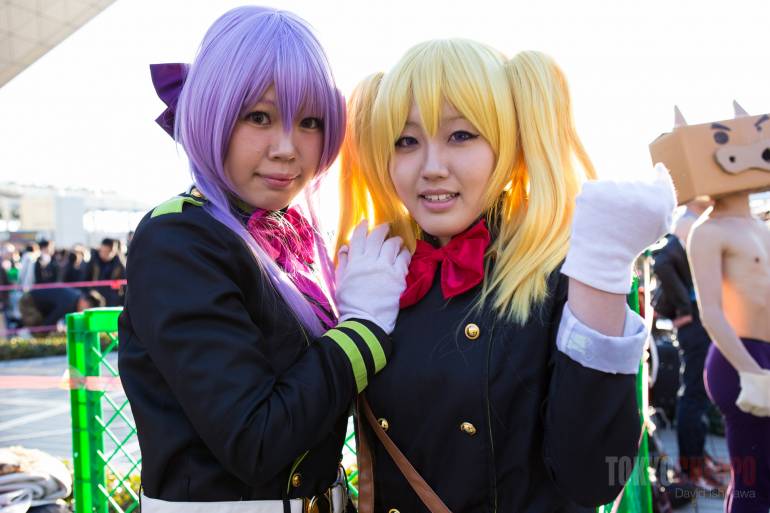
And for those who missed out but want to attend Comiket in the future, here are some tips:
- This author recommends attending in winter rather than the Summer Comiket, as Japan’s summers are known to be very humid. Combine the humidity with a thick crowd, and you’ve got a recipe for disaster; some people have been known to pass out from the heat and the crowd at Summer Comiket. This is especially true if you want to cosplay (unless you’re thinking of wearing a skimpy outfit). If you do decide to attend in the summer, however, be sure to stay hydrated!
- Whether it’s summer or winter, be prepared for the crowd. Be prepared for lots of lines—yes, even when it comes to taking photos. Lines tend to form for particularly eye-catching cosplayers. (Sometimes, instead of lines, circles of photographers start to form around cosplayers, though.) Comiket may usually be from 10 am-4 pm, but you will most likely lose a lot of that time falling in line. You’ll be surprised how quickly time passes at Comiket, so go early if you want to maximize your time (and especially if you want something)!
- If you’re going to buy doujinshi, plan ahead by buying the catalog (worth 2,000 yen—it’s also sold on the spot, but it’s better to buy it in advance in doujinshi shops). Comiket has so many booths that it’s not a place for impulse buying or window-shopping. You have to know what you want. If you’re just going to buy one title from one author, then maybe just following that author on Twitter will suffice, as s/he will usually indicate the day/s s/he will participate, as well as his/her booth number and location. But if you want to buy several titles from several authors, you’ll really need the catalog so you can plan things out.
- If you plan to cosplay, never arrive at or leave the venue in costume. The organizers are very strict about this; it’s a self-policing measure against cosplayers possibly giving the subculture/practice a bad name by, say, weirding people out on the train. (Remember, Japan isn’t exactly known to be an individualistic country. Besides, people are more likely to remember a misbehaving person in costume than someone dressed in ordinary clothing.) Whether or not the organizers’ fears are unfounded is irrelevant, just respect that rule and change in the dressing room. (It should come as no surprise that the dressing room can also get very crowded, so arrive early if you want to cosplay longer; otherwise, you could be spending over an hour just waiting in line to cosplay.)
- If you’re going to take pictures, always remember to ask permission. Most cosplayers won’t say no, anyway, unless they’re busy. (And don’t take it personally if they refuse! Cosplayers aren’t mascots that are obliged to entertain people.) Be respectful to the cosplayer—when in doubt, ask. Don’t touch them or their props/costume details without their permission.

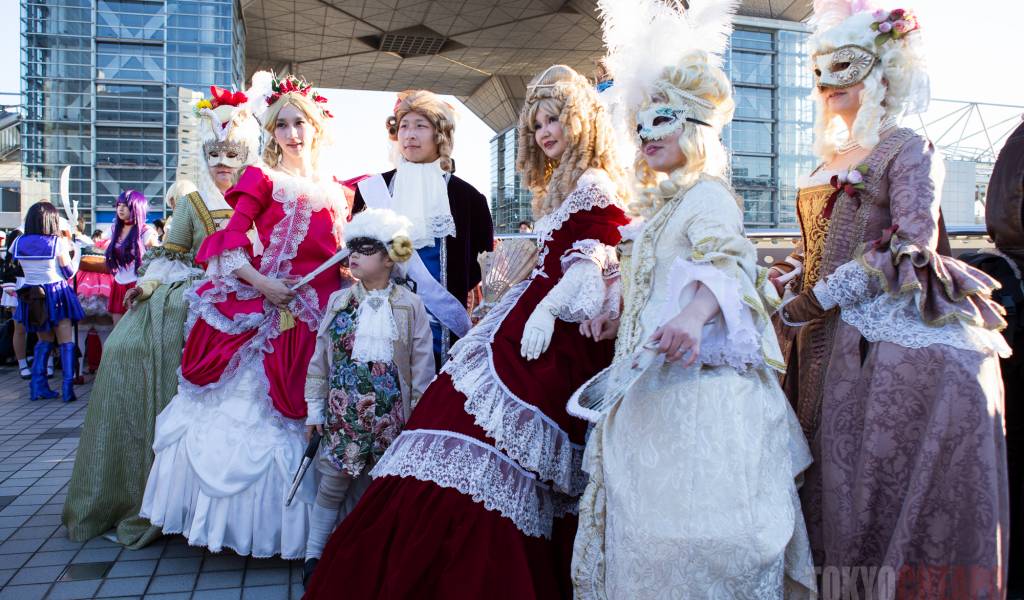
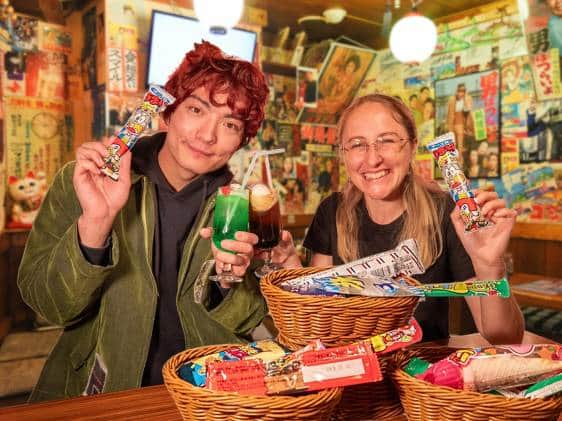
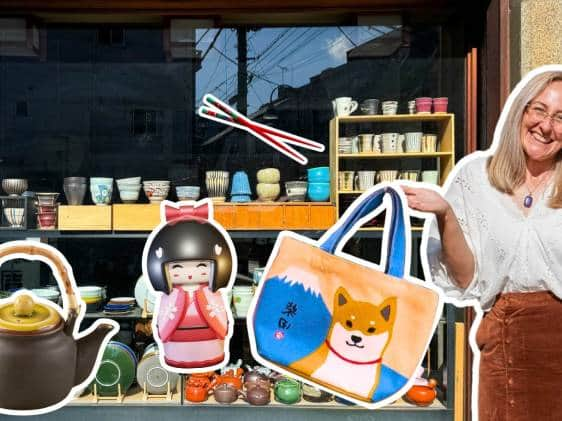
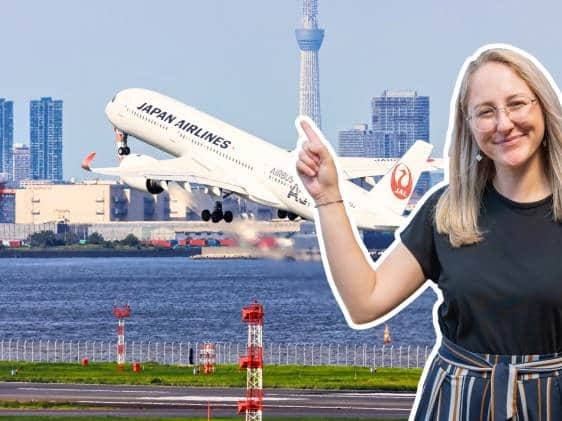
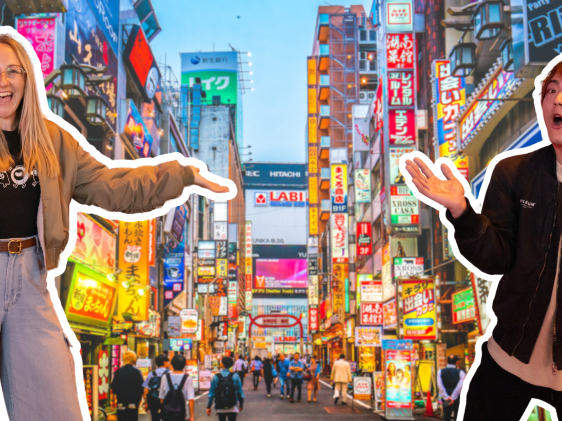
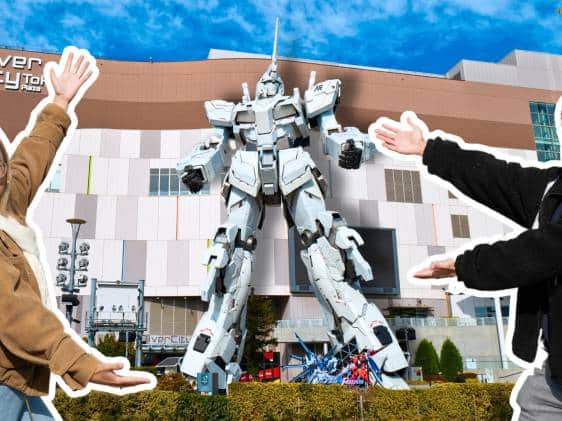
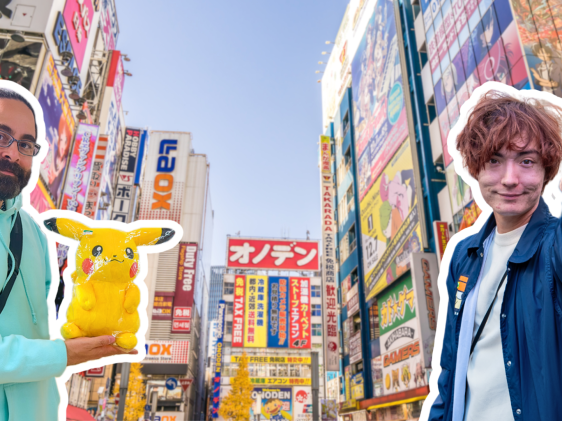

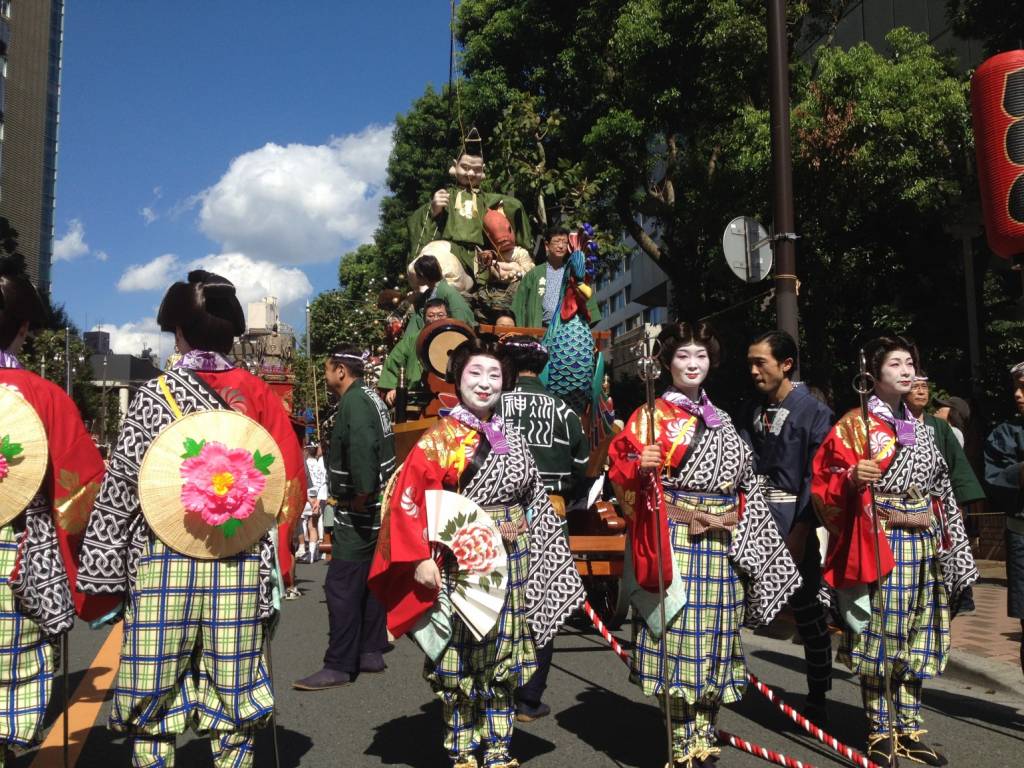
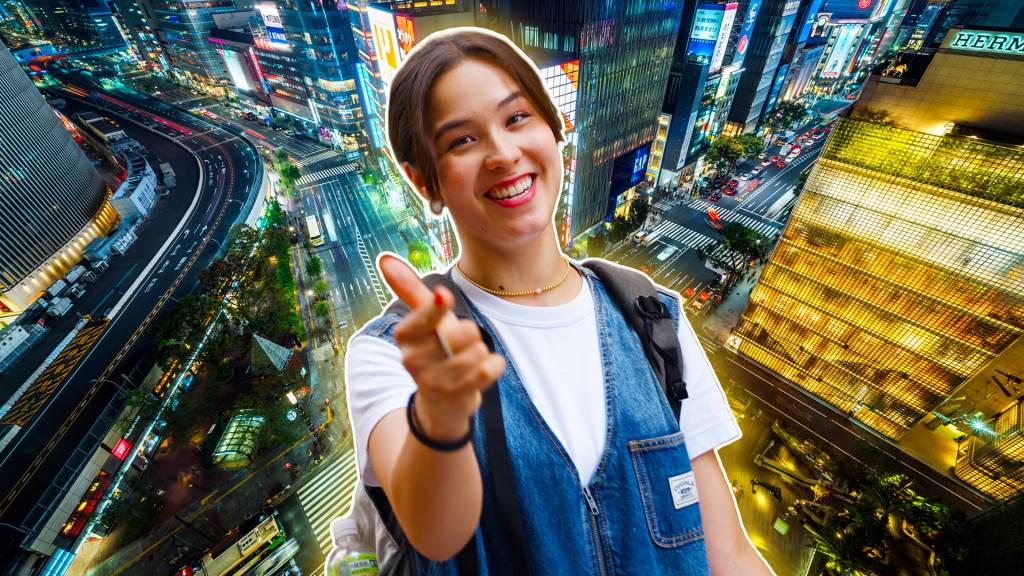
-1024x683.jpg)
